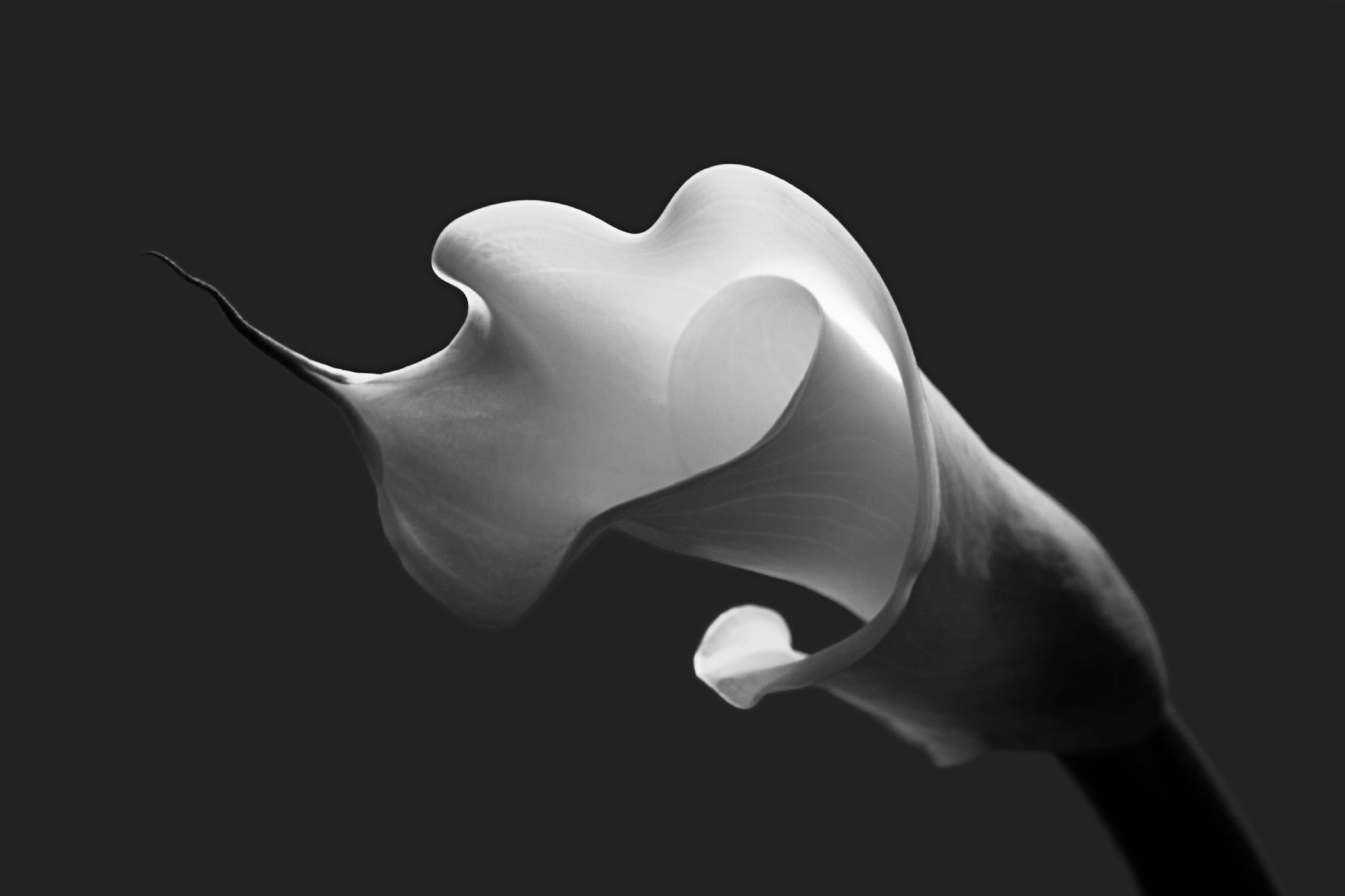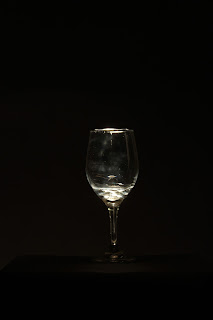Photographing flowers in the studio using the 5x4 camera.
What makes a good photograph - The lighting, being selective with the lighting to show what you want to emphasis in the image.
http://photo.net/large-format-photography-forum/00Ft2u 17.12.15
Looking at examples before we went in the studio of flowers taken in the studio, the way in which they have lit them brings the flowers out of the image, there's more emphasis on parts of the flowers. Things to think about when taking our own in the studio are:
- where the lights coming from - above, side, behind etc
- snoots
- water droplets on the petals
- focus points
- Lit from behind
Flowers we chose to photograph are Lillies as these have a more interesting feel to the images, we set up the flowers on a box with them clamped on to a stand. We had black boards either side of the stand where the flowers were. The key light is the light with the snoot positioned to the side of the flower and with another 2 lights positioned at the white back drop to bounce light back. We experimented with the lights turning some off, re-positioning the key light to different positions to create different tonal ranges across the pictures this creates moods on the images. Before we set up the 5 x 4 camera we did some practice shoots with the canon 600d so we could get an preview of what the lighting set ups would look like. Using the light meter we determined what our camera settings would be. ISO - 100, F32 (but canon only goes to F29) 1/60 sec. Below are the contact sheets from the dslr some of the images have a great atmosphere and mood with some of the outcome using these set ups im hoping the negatives come out even better. We introduced water droplets into the images when using the 5 x 4 and took two images at a time before changing the position of the lights.
Setting up the 5x4 camera:
- Open up the lens to the largest aperture
- Focus on the area of your choice
- Once happy with the focus close the lens down and readjust your aperture. (For this particular exercise F/22)
- Attach the sync lead from the flash light to the camera.
- Cock it back and load the negative at the back of the camera
- Lift the slide turn it round and rest it in the top of the negative holder
- Take the image.
Using one light to begin with looked boring, too bright, and the eyes didn't want to travel around the image any more than just a glance. So we decided to use a hand in front of the camera to direct some of the light around the image. Controlling the light adds a mood to images and you're more intrigued to look at all the image in sections. We introduced a back ground light starting the light at 1 going up to 2, then 6 going up to 6 was too bright so turned it down to 1.
(Images took on canon 600d by Emma Quinn. As a group we set up and changed lighting set ups and arragned the flowers, before we took our own on the 5x4 camera.)











































